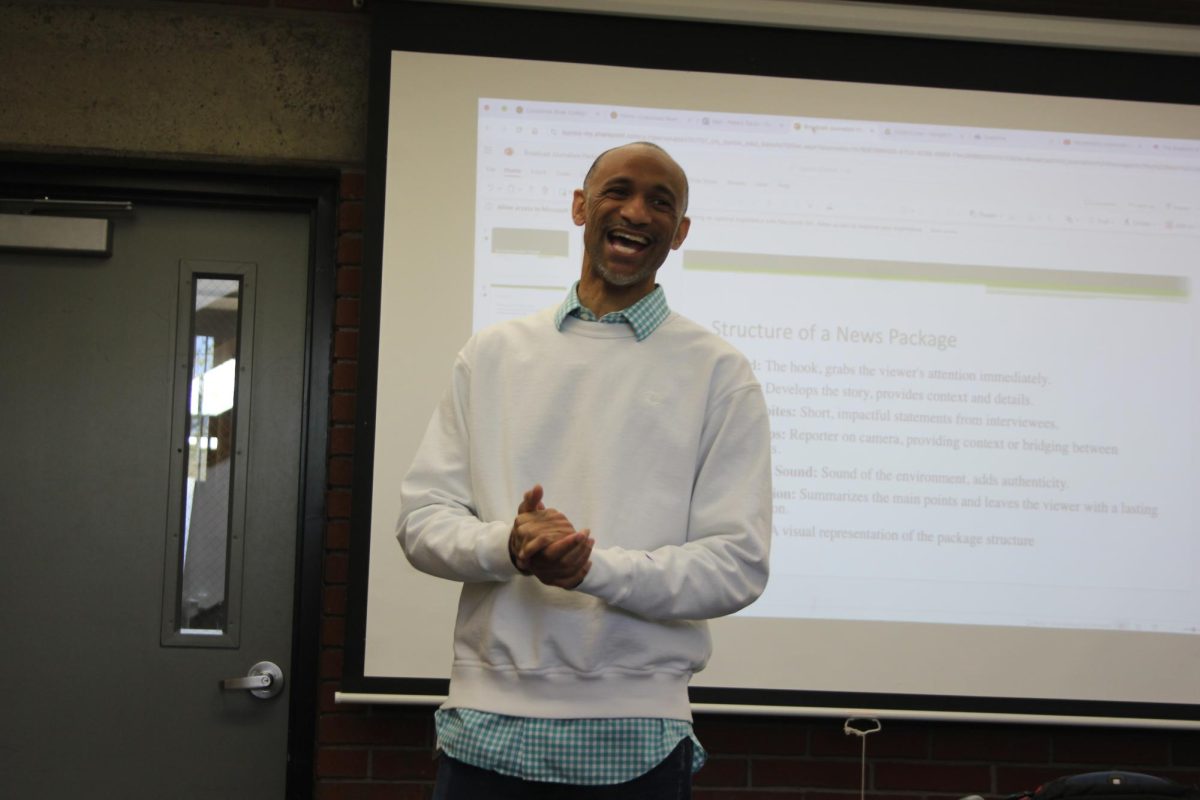Minimum wage increase helps students’ wallets
September 17, 2014
Minimum wage workers across California recently welcomed the first half of a two part increase in the state’s minimum wage.
Signed into effect Sept. 25, 2013 by Gov. Jerry Brown, Assembly Bill 10 raised the state minimum wage from $8 per hour to $9 per hour on July 1, 2014. The second half of the increase will see the minimum wage raised to $10 per hour on January 1, 2016.
An increase of $1 might not seem like much, but it has already been making an impact on people’s livelihood.
“I have a lot of coworkers who work paycheck to paycheck,” said Ernie Lucio, a 19-year-old photography major. “So of course, with this extra money that they have, they’re able to take care of their kids better and so on.”
Lucio said that while he himself doesn’t have many expenditures, the extra cash is nice to have.
On the other hand, Joshua Dulce, 18, a broadcast journalism major, said the increase has helped him a lot.
“A $9 wage is great,” Dulce said. “Honestly, it helped me a lot … it’s a lot of extra money in your pocket.”
As with many bills that carry the possibility to have a large effect on the economy, there are also many detractors of the minimum wage’s increase. So many so that the United States Department of Labor’s website posted a “minimum wage myth-buster” to address many of the critical arguments.
Any CRC students worried about cost increases to accommodate the increase for on-campus minimum wage workers can rest their heads.
“I think the prices in the cafeteria went up a little bit … but so far the campus budget has been able to absorb the minimum wage increase,” said Cory Wathen, vice president of administrative services and student support.
Wathen said that higher fees would not be passed on to students’ wallets should the increase prove strenuous on the budget. He also noted that the recent increase in price for parking permits was unrelated.
However, the change may have a negative effect on student workers in the number of hours they work in a given month.
“We might have to adjust the [employees’] hours a little bit to offset [the costs of the increase],” Wathen said. “But again, those costs wouldn’t be driven by fees on students.”
As of August, CRC had “196 employees paid at the new minimum wage rate,” Wathen said.
For now, Wathen said the budget allocation CRC receives from the state has allowed for the increase to have no effect on the hours of the campus’ employees.
“We have some flexibility to make those adjustments right now,” Wathen said. “When it goes up to $10 or more, then we’ll have to look at it: can you cut services, or what do we need to do.”






